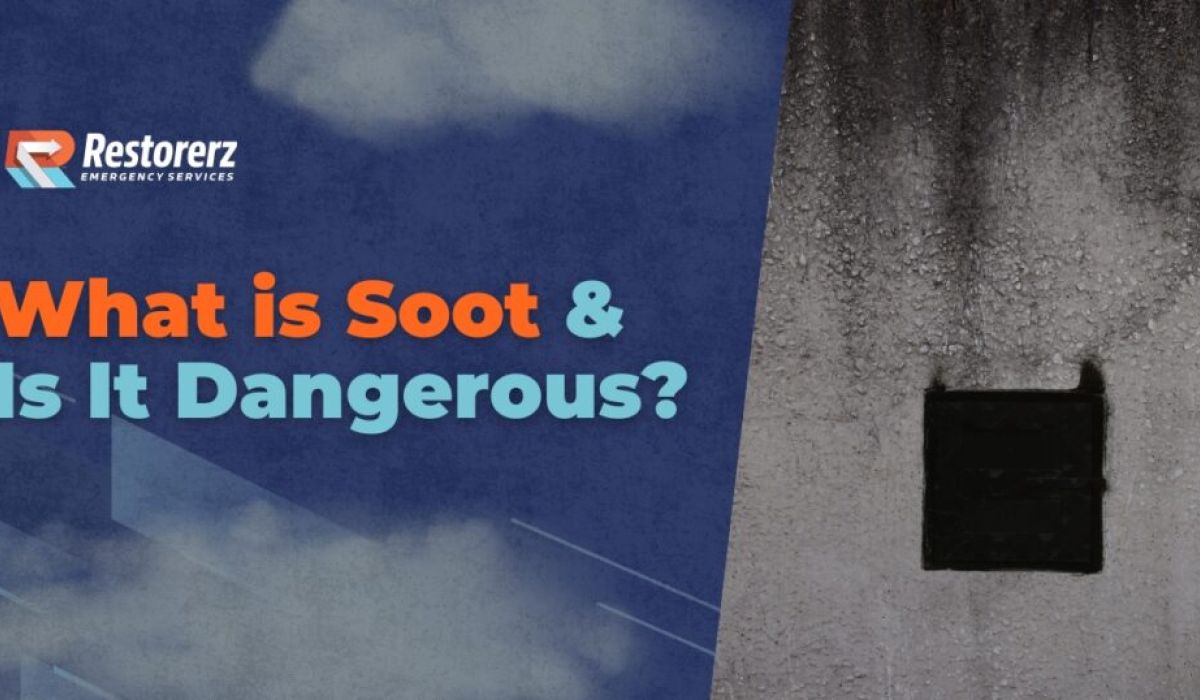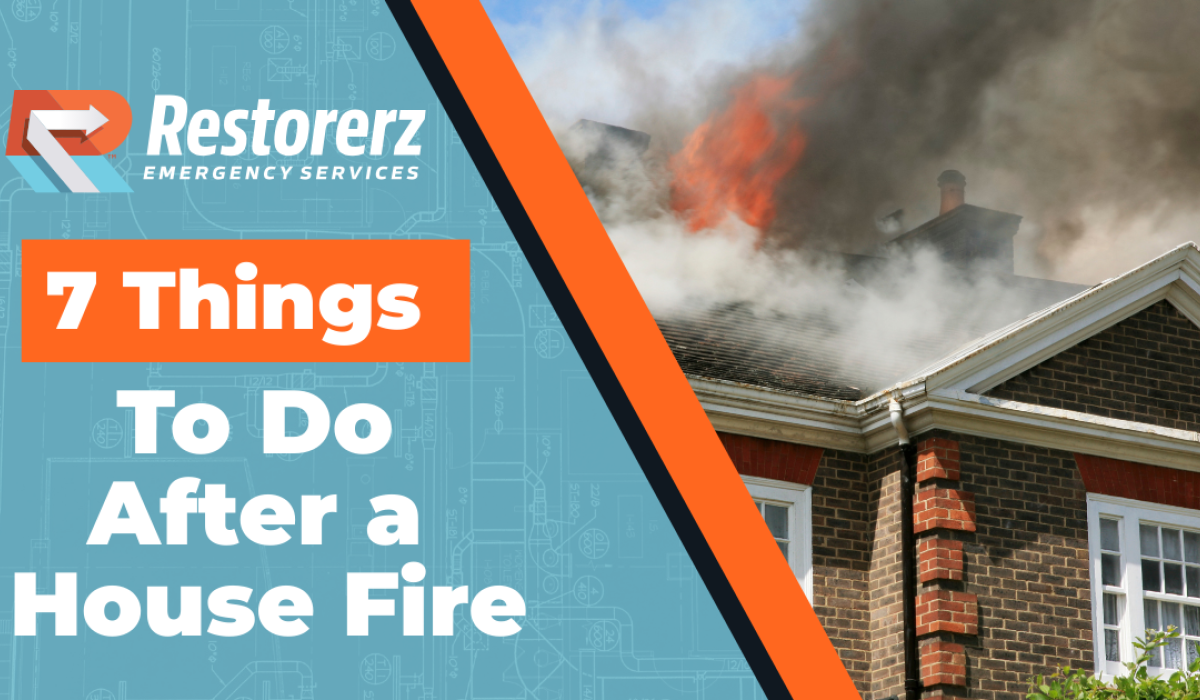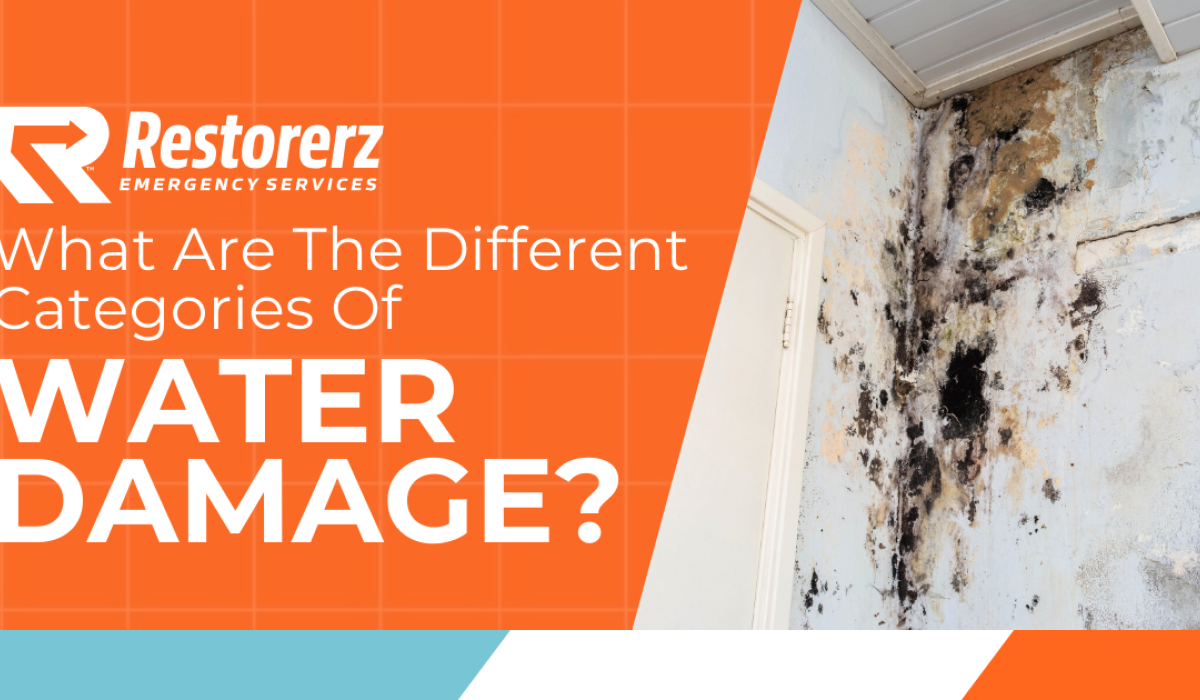Water Damaged Floorboards: Can They Be Saved?

CEO, Restorerz Emergency Services

Do you need water damage restoration services? Call Restorerz Emergency Services at (844) 234-1800 for premium solutions.
Few flooring options can boast of the charm and aesthetic appeal of hardwood flooring. The deep, dark, shiny flooring brings an air of freshness to any property. Unfortunately, it only takes some water spill or flooding to damage the floorboards.
Hardwood floorboards and water don’t mix. That’s why flooring companies often spend significant time teaching homeowners how to prevent water damage. But what should you do when you have water-damaged floorboards? Can you save them, or is it time for a new floor?
Fortunately, you can save water-damaged floorboards if you know what to do and act quickly.
Los Angeles’ professional water damage restoration company, Restorerz Emergency Services, covers all you need to know in this article.
What Are the Signs of Water Damage on Hardwood Floors?
The first step in saving your water-damaged floorboard is knowing that you have water damage in the first place. Some of the top signs to watch for include:
Cupping
Are the edges of individual floorboards higher than the center? You may have water-damaged floorboards due to hidden leaks. However, cupping can also happen over time due to high humidity.
Buckling
If you ignore cupping and crowning long enough, the floorboards will detach from the subfloor. At this stage, the subfloor is also at risk of damage. Do you trip over your hardwood floor while walking across it? You should check it out for buckling.
Crowning
In floorboards with crowning, the center of the boards is higher than the edges. Crowning often occurs when your wood absorbs moisture long enough and slowly expands. It’s a common problem with unfinished floors in high-humidity climates, but it can also happen suddenly with water leaks or flooding.
Warping and Cracking
One of the top signs of water-damaged floorboards is that the wood will twist and curve into new shapes instead of remaining smooth and flat. The boards may also have visible cracks.
Smell and Discoloration
Can you see a darker patch of wood somewhere across your floor? Do you perceive a musty smell when you walk in? That combination often signifies mold growth, which thrives in wet, damp places.
How to Save Your Water-Damaged Floorboards
Below are the top steps to save your water-damaged floorboard:
Find and Address the Source of the Water
The first step to saving your floor is to cut off the source of the water as fast as possible. Do you have a pipe leak? Do you have a broken faucet? You need to call your plumber to fix those issues.
Stopping the water source is trickier if your property has suffered flood damage due to severe weather. You really can’t do anything at this point until the flood water recedes. Unfortunately, if it doesn’t recede in time, your floor may be beyond saving.
Remove All Wet Objects
After you have stopped the water, you can begin the restoration process by removing any wet items on the floor. Watch out for wet furniture, rugs, carpets, pet bedding, and more. These items can hold enough water to cause damage to the floor areas they occupy.
Clearing the area will give you enough space for the rest of the restoration process.
Clean All Surface Water
Get rid of any remaining visible surface water you can find on your floor. You can use a standard vacuum with the wet mode enabled if you don’t have a wet vacuum or any similar product to mop up all the water and prevent water damage.
Scrub the Floor Clean with a Disinfectant Solution
If the water damage was due to flooding or a leaky plumbing pipe, your floor will have lots of bacteria and other contaminants all over the surface. Cleaning the floor with a disinfectant can eliminate all kinds of contaminants, including mold spores.
Be sure to rinse thoroughly to remove the cleaning agent from your wood floor.
Dry Out the Floor
Your floor may be looking dry a few minutes after cleaning, but the wood is still wet. You have to take steps to ensure it’s completely dry out the moisture content. Some of the things you can do to aid the drying process include:
- Opening windows to allow air circulation.
- Turning on your air conditioner.
- Using a dehumidifier.
- Placing some fans across the floor.
Choose the options that are most practical for you.
Sand the Floor
If your floor currently shows signs of cupping and crowning, you’ll need to sand it. Sand the raised edges gently until the affected part is flush with the other boards. Next, revarnish the floors and stain to ensure a more uniform appearance.
Reset Any Loose Boards
If you can see signs of buckling, you can carefully nail or screw down the raised edges. If the buckling continues a few weeks after, it’s a sign of subfloor damage. You’ll need to repair the subfloor first before re-installing the boards.
When Is It Too Late to Restore Your Water-Damaged Wood Floors?
It’s not always practical to restore your water-damaged floorboards. Generally, if more than 24 hours have passed after the water damage, it’s always best to consider a complete replacement.
How to Prevent Water Damage to Your Wooden Floors
To prevent severe water damage to your wooden floor, take steps to protect your home against flooding. You should also call in your plumbers periodically for maintenance work to prevent plumbing leaks.
Get Expert Restoration Services From the Pros
Sometimes, the restoration process after water damage can be too tedious for a DIY job. In that situation, it’s best to talk to invite our team immediately. Our expert team will arrive quickly to evaluate and begin the restoration process.
We’ll also answer questions on the issue, including carpet replacement after water damage, when to bring in the furniture, and more.
Call the Restorerz Emergency Services team in Glendale, CA, today at (844) 234-1800 to bring your water-damaged floorboards back from the brink.

![What is Green Mold [Comprehensive Guide]](/wp-content/themes/yootheme/cache/ef/Restorerz-What-is-Green-Mold-1200x630-10.22.2025-v1-efa9ac85.jpeg)







![All About Pink Mold [Prevention & Remediation Strategies]](/wp-content/themes/yootheme/cache/3a/Restorerz-Blog-All-About-Pink-Mold-Prevention-Remediation-Strategies-1-3a7c91cf.png)
